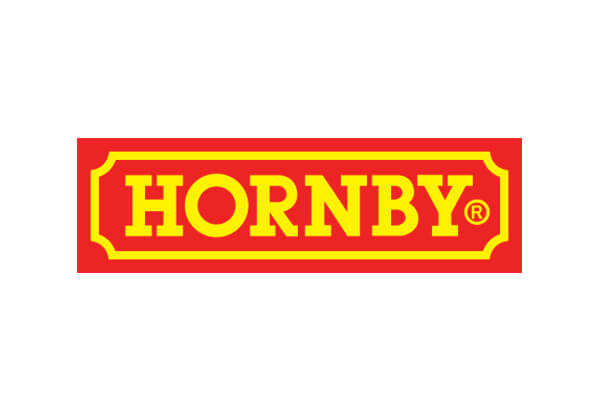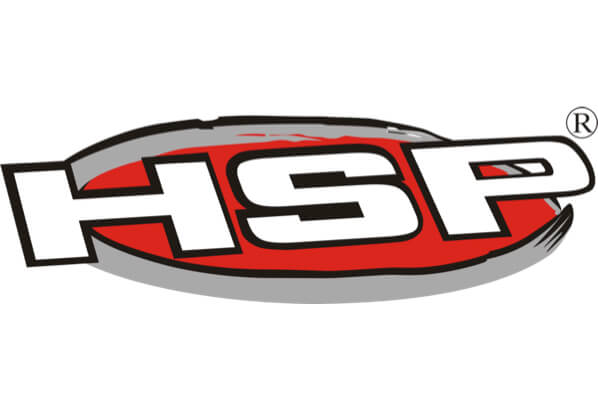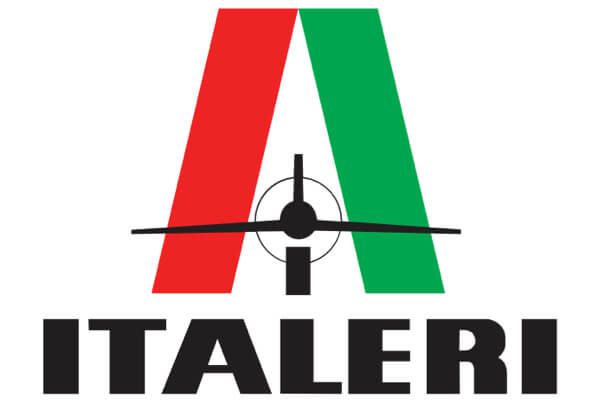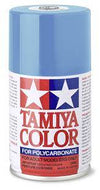Quick View
{"id":7882515972314,"title":"1\/12 RENAULT RE-20 TURBO WITH PHOTO-ETCHED PARTS","handle":"1-12-renault-re-20-turbo-with-photo-etched-parts","description":"\u003ch5\u003eDescription\u003cmeta charset=\"utf-8\"\u003e\n\u003c\/h5\u003e\n\u003ch5\u003e \u003c\/h5\u003e\n\u003cp\u003e\u003cmeta charset=\"utf-8\"\u003e\u003cspan\u003eThis Tamiya large-scale model kit recreates the Renault RE-20 Turbo. Specifically, this kit is a re-release (originally released in 2006) with new Cartograf decals and marking instruction.\u003c\/span\u003e\u003cbr\u003e\u003cbr\u003e\u003cspan\u003eAbout the RE-20 Turbo\u003c\/span\u003e\u003cbr\u003e\u003cspan\u003eIn 1977, Renault’s RS-01 (first turbo engine Formula One car) started challenging in races, and in 1979, the RS-10 achieved its first triumph. The RE-20 Turbo was modified version of the RS-10, and this car had a 30kg weight reduction and employed 1.5-liter V6 DOHC twin turbocharged engine capable of around 520hp. Get this re-issued model which depicts the pioneer car of the Formula One turbo engine era.\u003c\/span\u003e\u003cbr\u003e\u003cbr\u003e\u003cspan\u003e• 1\/12 scale plastic model assembly kit. Length: 389mm, width: 184mm.\u003c\/span\u003e\u003cbr\u003e\u003cspan\u003e• Super detailed turbocharger 6-cylinder engine and transmission.\u003c\/span\u003e\u003cbr\u003e\u003cspan\u003e• Front and rear suspension equipped with coil springs are movable.\u003c\/span\u003e\u003cbr\u003e\u003cspan\u003e• Screw-attached cowlings are detachable to show interiors such as frame structure and cooling system even after assembly.\u003c\/span\u003e\u003cbr\u003e\u003cspan\u003e• The steering wheel turns the front wheels.\u003c\/span\u003e\u003cbr\u003e\u003cspan\u003e• Side skirts can be moved up and down.\u003c\/span\u003e\u003cbr\u003e\u003cspan\u003e• Features semi-pneumatic synthetic rubber tires.\u003c\/span\u003e\u003cbr\u003e\u003cspan\u003e• Comes with metal-plated parts to recreate wings and air intakes, and photo-etched parts to depict radiator, intercooler, oil cooler and brake discs, and metal transfers for use on side mirrors and instrumental panel (new).\u003c\/span\u003e\u003cbr\u003e\u003cspan\u003e• High-quality decals made by Cartograf are included.\u003c\/span\u003e\u003c\/p\u003e","published_at":"2022-12-23T15:56:32+02:00","created_at":"2022-12-23T15:56:32+02:00","vendor":"TAMIYA","type":"PLASTICS","tags":["1\/48 plastic","plastic models","plastic planes"],"price":199900,"price_min":199900,"price_max":199900,"available":true,"price_varies":false,"compare_at_price":null,"compare_at_price_min":0,"compare_at_price_max":0,"compare_at_price_varies":false,"variants":[{"id":43575504601306,"title":"Default Title","option1":"Default Title","option2":null,"option3":null,"sku":"Tam12033","requires_shipping":true,"taxable":true,"featured_image":null,"available":true,"name":"1\/12 RENAULT RE-20 TURBO WITH PHOTO-ETCHED PARTS","public_title":null,"options":["Default Title"],"price":199900,"weight":0,"compare_at_price":null,"inventory_quantity":1,"inventory_management":"shopify","inventory_policy":"deny","barcode":"","requires_selling_plan":false,"selling_plan_allocations":[]}],"images":["\/\/gpmodels.co.za\/cdn\/shop\/products\/tam12033r.jpg?v=1671803848","\/\/gpmodels.co.za\/cdn\/shop\/products\/tam12033_5.jpg?v=1671803850","\/\/gpmodels.co.za\/cdn\/shop\/products\/12033_01.jpg?v=1671803852"],"featured_image":"\/\/gpmodels.co.za\/cdn\/shop\/products\/tam12033r.jpg?v=1671803848","options":["Title"],"media":[{"alt":null,"id":31250897010906,"position":1,"preview_image":{"aspect_ratio":1.0,"height":800,"width":800,"src":"\/\/gpmodels.co.za\/cdn\/shop\/products\/tam12033r.jpg?v=1671803848"},"aspect_ratio":1.0,"height":800,"media_type":"image","src":"\/\/gpmodels.co.za\/cdn\/shop\/products\/tam12033r.jpg?v=1671803848","width":800},{"alt":null,"id":31250897076442,"position":2,"preview_image":{"aspect_ratio":1.442,"height":1248,"width":1800,"src":"\/\/gpmodels.co.za\/cdn\/shop\/products\/tam12033_5.jpg?v=1671803850"},"aspect_ratio":1.442,"height":1248,"media_type":"image","src":"\/\/gpmodels.co.za\/cdn\/shop\/products\/tam12033_5.jpg?v=1671803850","width":1800},{"alt":null,"id":31250897240282,"position":3,"preview_image":{"aspect_ratio":1.499,"height":1334,"width":2000,"src":"\/\/gpmodels.co.za\/cdn\/shop\/products\/12033_01.jpg?v=1671803852"},"aspect_ratio":1.499,"height":1334,"media_type":"image","src":"\/\/gpmodels.co.za\/cdn\/shop\/products\/12033_01.jpg?v=1671803852","width":2000}],"requires_selling_plan":false,"selling_plan_groups":[],"content":"\u003ch5\u003eDescription\u003cmeta charset=\"utf-8\"\u003e\n\u003c\/h5\u003e\n\u003ch5\u003e \u003c\/h5\u003e\n\u003cp\u003e\u003cmeta charset=\"utf-8\"\u003e\u003cspan\u003eThis Tamiya large-scale model kit recreates the Renault RE-20 Turbo. Specifically, this kit is a re-release (originally released in 2006) with new Cartograf decals and marking instruction.\u003c\/span\u003e\u003cbr\u003e\u003cbr\u003e\u003cspan\u003eAbout the RE-20 Turbo\u003c\/span\u003e\u003cbr\u003e\u003cspan\u003eIn 1977, Renault’s RS-01 (first turbo engine Formula One car) started challenging in races, and in 1979, the RS-10 achieved its first triumph. The RE-20 Turbo was modified version of the RS-10, and this car had a 30kg weight reduction and employed 1.5-liter V6 DOHC twin turbocharged engine capable of around 520hp. Get this re-issued model which depicts the pioneer car of the Formula One turbo engine era.\u003c\/span\u003e\u003cbr\u003e\u003cbr\u003e\u003cspan\u003e• 1\/12 scale plastic model assembly kit. Length: 389mm, width: 184mm.\u003c\/span\u003e\u003cbr\u003e\u003cspan\u003e• Super detailed turbocharger 6-cylinder engine and transmission.\u003c\/span\u003e\u003cbr\u003e\u003cspan\u003e• Front and rear suspension equipped with coil springs are movable.\u003c\/span\u003e\u003cbr\u003e\u003cspan\u003e• Screw-attached cowlings are detachable to show interiors such as frame structure and cooling system even after assembly.\u003c\/span\u003e\u003cbr\u003e\u003cspan\u003e• The steering wheel turns the front wheels.\u003c\/span\u003e\u003cbr\u003e\u003cspan\u003e• Side skirts can be moved up and down.\u003c\/span\u003e\u003cbr\u003e\u003cspan\u003e• Features semi-pneumatic synthetic rubber tires.\u003c\/span\u003e\u003cbr\u003e\u003cspan\u003e• Comes with metal-plated parts to recreate wings and air intakes, and photo-etched parts to depict radiator, intercooler, oil cooler and brake discs, and metal transfers for use on side mirrors and instrumental panel (new).\u003c\/span\u003e\u003cbr\u003e\u003cspan\u003e• High-quality decals made by Cartograf are included.\u003c\/span\u003e\u003c\/p\u003e"}


















